The Role of Flowers in Iranian Festivals and Traditions
Iran is blessed with a variety of flowers, thanks to its diverse climate and geography. These flowers, however, aren't just visually appealing; they hold significant cultural importance in the country.
Flowers not only serve as essential elements in traditional events and ceremonies but also have dedicated festivals in their honor. If you're interested in learning more about the significance of Persian flowers, join us in this blog post as we explore Iran flowers culture.
Iran's Floral Heritage
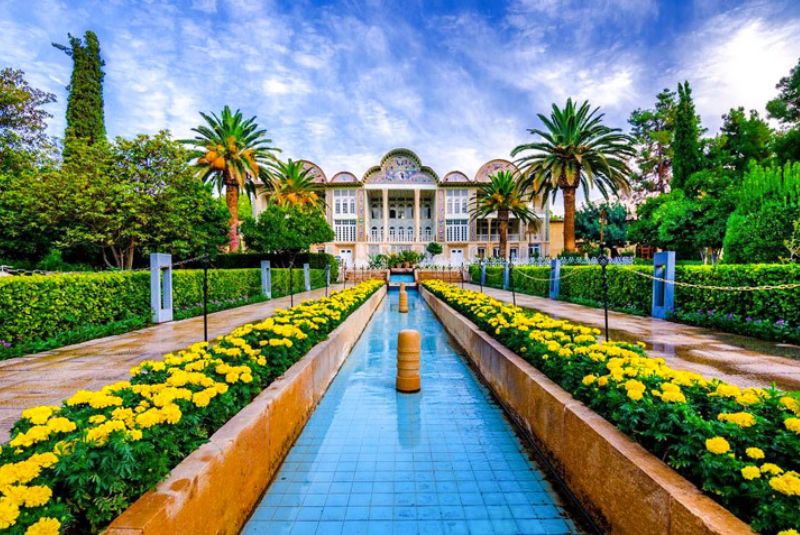
Over 2500 years ago, the ancient petroglyphs of Takht Jamshid in Iran tell a captivating tale of flower bouquets. Experts believe these images capture Nowruz celebrations and, possibly, events like birthdays or coronation ceremonies during Darius's reign. Regardless of the occasion, this ceremony reflects a deep-seated tradition, highlighting Iranians' affection for flowers and their practice of exchanging and gifting bouquets.
The lotus flower, known for friendship and peace, graces the Persepolis Palace's architectural details, echoing Zoroastrian reverence for this sacred symbol.
Cultural and historical evidence reveals Iranians' enduring respect for nature's gifts, seen in petroglyphs, coin designs, textiles, hand crafts, and poetry.
Iran's historical gardens, like Eram Garden, Fin Garden, and Bagh-e Dolat Abad, really showcase the country's artistic flair and refined taste. They've been earning admiration for ages. This rich tradition sheds light on how much Iranians value plants, creating this lively bridge between the past and present, all wrapped up in a vibrant celebration of nature's beauty.
| Read more: Iranian Traditions
The Significance of Flowers in Iranian Culture
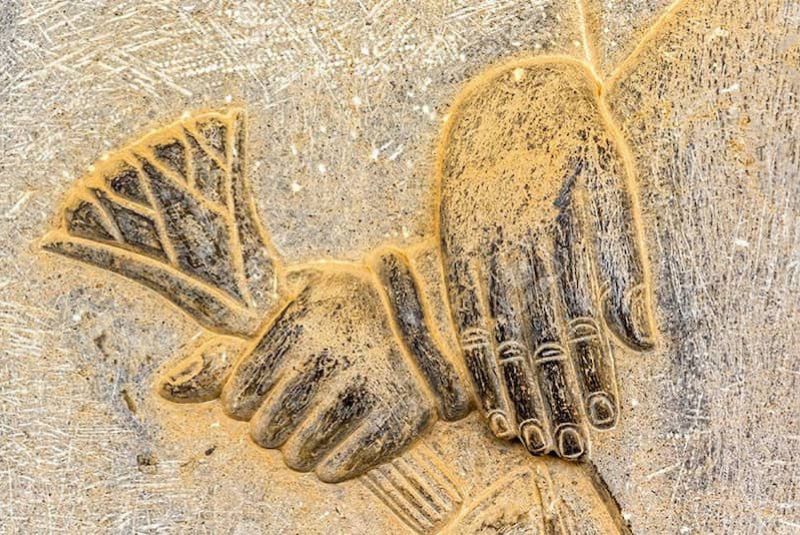
In Iranian culture, flowers are not just decorations but integral to expressing emotions and cultural traditions. For instance, during birthdays, flowers symbolize joy and life, expressing love and good wishes for the celebrant. In the traditional proposal ceremony, Khastegari, the exchange of flowers signifies sincerity and commitment, with each bloom carrying a unique message that words may not fully convey.
Now, weddings are a floral explosion, symbolizing beauty and the start of something new. Couples exchange flowers to show they're committed and ready to grow together. But it's not just about love; on Teacher's Day, flowers shout out a big "thanks" to educators, expressing respect and acknowledging their important role.
Then, there's Mother's Day, a real flower fest. Children use carefully chosen blooms to say, "Mom, your love is as special as each of these flowers." Anniversaries get their dose of floral love too, symbolizing lasting commitment and the ongoing journey together.
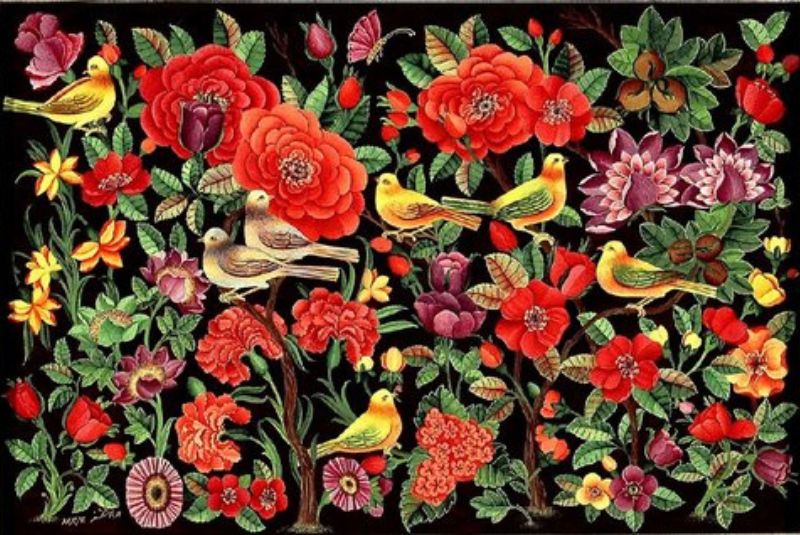
In times of loss, such as funerals, flowers become a poignant expression of sympathy and empathy. Highly scented flowers are chosen to provide comfort, solace, and a sense of peace to those mourning.
Moreover, flowers play a significant role in Iranian cultural events such as Norooz, symbolizing the arrival of spring and new life. During Yalda Night, flowers represent the warmth and love shared between relatives, fostering hope for a bright future.
Even in challenging times, such as when someone is sick or hospitalized, flowers become messengers of joy and well-wishing, brightening the environment and serving as symbols of hope for a speedy recovery.
In each of these diverse ceremonies and occasions, flowers in Iran are not just beautiful ornaments; they carry profound meanings, making them an integral part of the human experience. Whether in moments of joy, sorrow, or hope, the careful selection of blooms adds layers of cultural richness to Iranian life events.
| Also read about: Iranian Festivals and Celebrations
The Diverse Flowers of Iran
Iran is home to a rich diversity of flowers, each with unique features, regional preferences, cultural significance, and often intertwined with mythology. Here's a closer look at some of the notable flowers in Iran and what they symbolize:
Inverted Tulips (Laleh Vajgoon): A Symbol of Renewal
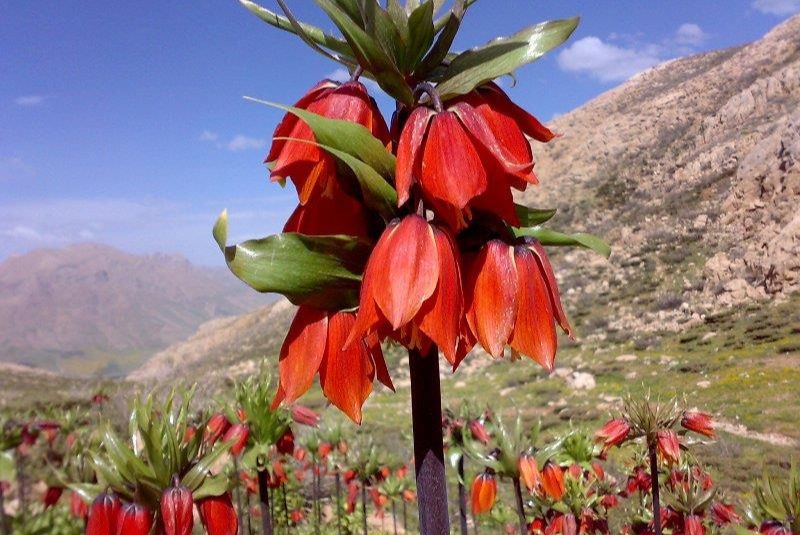
The inverted tulips of Iran, locally known as Laleh Vajgoon, showcase a distinctive charm with their petals gracefully bending backward, forming an enchanting inverted cup shape. These tulips contribute to the vibrant tapestry of Iran's natural beauty, flaunting a variety of colors. Primarily flourishing in the elevated landscapes of the Zagros and Alborz mountain ranges, these tulips thrive in the temperate climate of the region, creating breathtaking displays of color against the backdrop of the Iranian mountains.
In the mythological tales of Iran, the mourning for the inverted tulip traces back to the tragic death of Siavash, Kikavus's son. Legend has it that Lale Vajgun witnessed Siavash's demise at the hands of Turanians. According to these myths, following Siavash's death, the flower bowed its head, shedding colorless tears onto the ground in sorrow for the innocence lost.
The cultural significance of the inverted tulip is further celebrated through the Iranian Tulip Festival, an annual event that takes place during the spring season.
| Related: Iranian Tulips - The National Flower of Iran
Red Rose (Gol-e Sorkh): A Vibrant Declaration of Passion
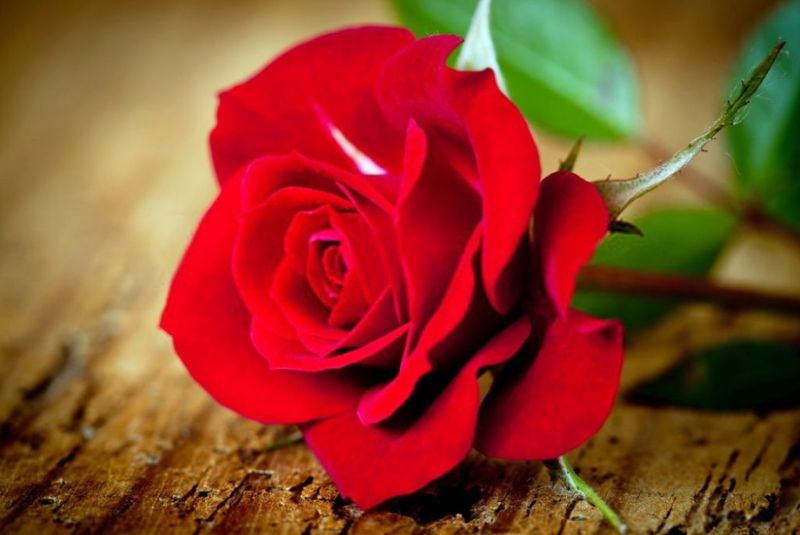
The Iranian rose, originating from the enchanting city of Shiraz, is renowned worldwide for its exquisite beauty. Among the various rose varieties, the Iranian rose stands out with its long stem and dark leaves, emanating a delightful scent that finds its way into cosmetics and health products.
For those planning to witness the blooming beauty of this flower, spring is the ideal time to visit Shiraz. It marks the season when roses, narcissus, and chamomile flowers grace Iran with their vibrant presence. The coveted Iranian rose water, known for its popularity and uniqueness, is derived from the essence of this flower.
Shiraz has been a hub for the production and distribution of virgin Iranian rose water since around 810 BC. During that era, Iran held the distinction of being the world's largest producer of rose water, annually sending thousands of bottles to Baghdad.
Beyond their aesthetic allure, red roses are often exchanged as tokens of affection, playing a significant role in cultural expressions of love.
| Read more: Traditional Clothing of Iran
Jasmine (Yas): Fragrant Guardianship in Persian Culture

With its delicate white blossoms and sweet fragrance, jasmine, or Yas in Persian, adds an enchanting touch to Iran's flora. This fragrant flower thrives in a variety of climates, from the coastal regions to the inland areas. The jasmine's aromatic essence has not only made it a popular choice for gardens but has also found its way into traditional Iranian perfumes. In addition to its ornamental uses, jasmine holds cultural significance, symbolizing purity and beauty in various contexts.
Lotus (Niloufar): A Symbol Purity and Enlightenment
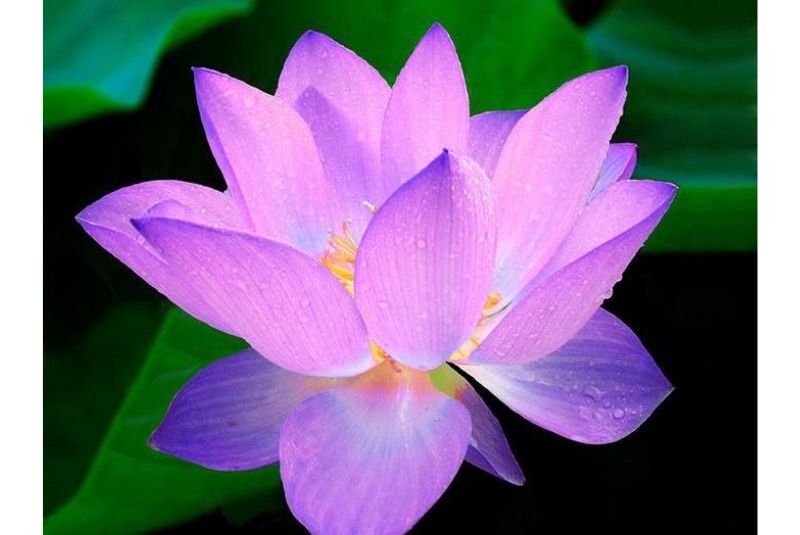
The Lotus, known as Niloufar in Persian, graces the waters of Iran with its elegant and serene presence. With large, round leaves and striking pink or white blossoms, the Lotus thrives in marshy areas and ponds, particularly in the northern regions of the country. Beyond its visual appeal, the Lotus holds cultural and symbolic importance, representing purity and enlightenment. In Persian literature and art, the Lotus often serves as a metaphor for overcoming challenges and blooming in adversity.
Within Iranian mythology, this flower holds profound symbolism as it represents the goddess Nahid, a central figure in ancient Iranian rituals. Nahid, depicted as a young woman in reliefs, is the goddess of water, playing a crucial role in the spiritual beliefs of the time. In Achaemenid inscriptions, the goddess was initially identified by the name Anahita. The lotus flower is revered as the Anahita flower, embodying the essence of this divine figure.
| Related: Anahita Temple - Temple of an Ancient Iranian Goddess
Saffron Crocus (Zaferan): Threads of Richness and Vitality in Persian Spice

Iran is renowned for its production of saffron, derived from the saffron crocus or Zaferan. This purple-flowered plant is cultivated in the arid regions of Iran, particularly in Khorasan province. The vivid crimson stigmas of the saffron crocus are carefully harvested and dried to produce saffron, a highly prized spice with culinary, medicinal, and cultural significance. Saffron has been used in Iranian cuisine for centuries and is valued for its distinctive flavor, vibrant color, and purported health benefits.
At the end of November, marking the end of the flower harvest season, the saffron harvest festival takes center stage, particularly in South Khorasan. This festive occasion involves a ritual that symbolically showcases the saffron harvest process to the audience. Attendees have the opportunity to witness the intricate steps of cleaning, separating, and drying saffron flowers, providing a visual representation of the meticulous harvesting process.
Pomegranate Blooms (Gol-e Anar): Blooms of Prosperity and Fertility
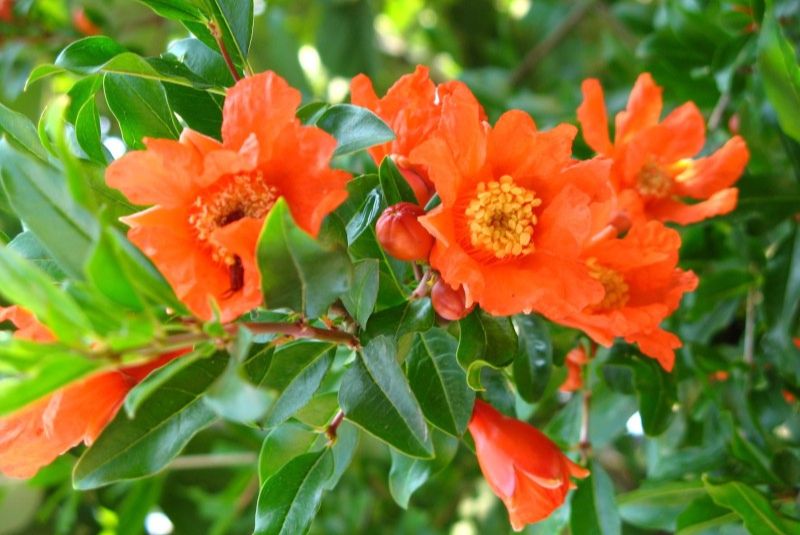
The blossoms of the pomegranate tree, known as Gol-e Anar, contribute to the rich Iranian floral. These vibrant red-orange blooms appear before the fruit, adorning orchards in various regions. Pomegranate blooms thrive in diverse climates, from the warm and arid south to the more temperate north. In addition to their ornamental value, pomegranate blooms have cultural significance, symbolizing fertility and abundance. The pomegranate holds a special place in Persian folklore, often associated with love, birth, and prosperity.
In the Persepolis relief featuring Darius the Great, a significant detail emerges – he is depicted holding a pomegranate flower. This particular relief captures the moment when Darius the Great welcomes representatives from all regions under Iranian rule to partake in peace and friendship celebrations. The imagery conveyed in this relief symbolizes themes of charity, peace, and friendship.
Viola Odorata (Gol-e Banafsheh): Symphony of Beauty and Renewal
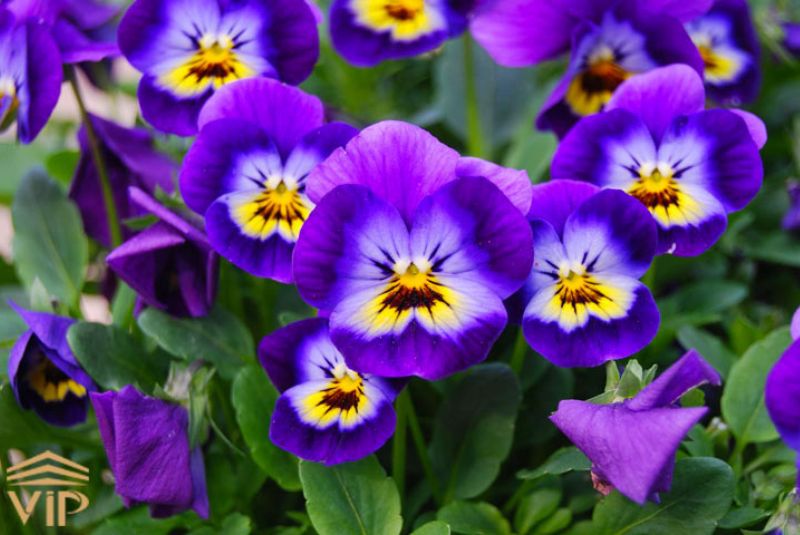
With its delicate purple or white petals and sweet fragrance, the Viola Odorata graces gardens and meadows, particularly in cooler and more temperate climates. In traditional Persian medicine, various parts of the plant are used for their potential medicinal properties, believed to have benefits for respiratory health and skin conditions. Beyond its medicinal uses, the Viola Odorata is celebrated for its beauty and is often associated with springtime and renewal.
Iran Flowers Culture: The Golabgiri Festival
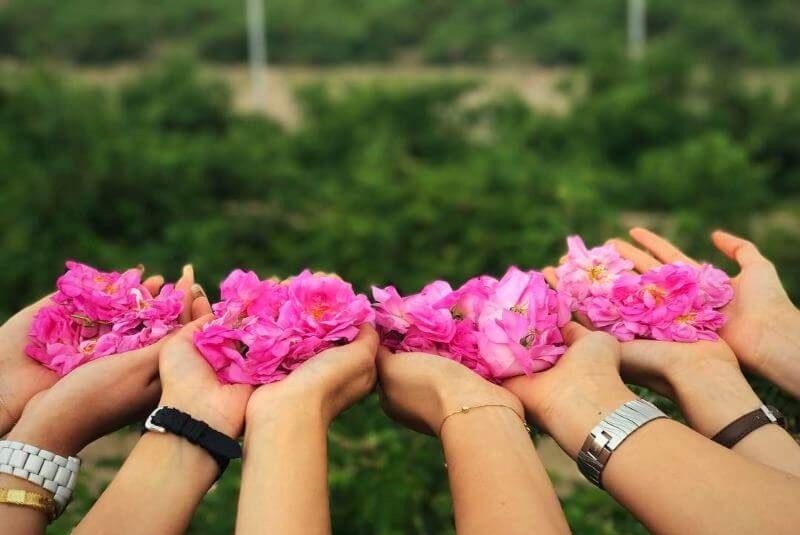
Iran is known for its diverse cultural and traditional celebrations, and one of the notable events related to flowers is the Golabgiri (Making Rosewater) Festival. The Golab Giri Festival takes place in Kashan, a city in the Isfahan Province of Iran. It usually occurs in late April or early May, coinciding with the blooming season of Damask roses. During the festival, various events and activities celebrate the harvesting of roses and the production of rosewater, which is an essential component in Persian cuisine, perfumes, and traditional medicine.
The festival typically includes the picking of roses, the process of extracting rosewater, traditional music and dance performances, cultural exhibitions, and the opportunity to purchase rose-related products. Visitors can also explore historical sites and gardens in Kashan, adding to the overall cultural experience.
| You might have this concern: Are Iranians Tourist Friendly? Click to find out!
Final Takeaway
The role of flowers in Iranian culture reflects a deep connection between nature and human expression. In Iran, the language of flowers is a universal expression of hospitality, love, and celebration. So, let the Persian blossoms be your guides, adding a vibrant and unforgettable chapter to your travel story.
Share your story!
Comment below and let us know about your Experience.
Your story inspires others!


Comment
Leave a Comment